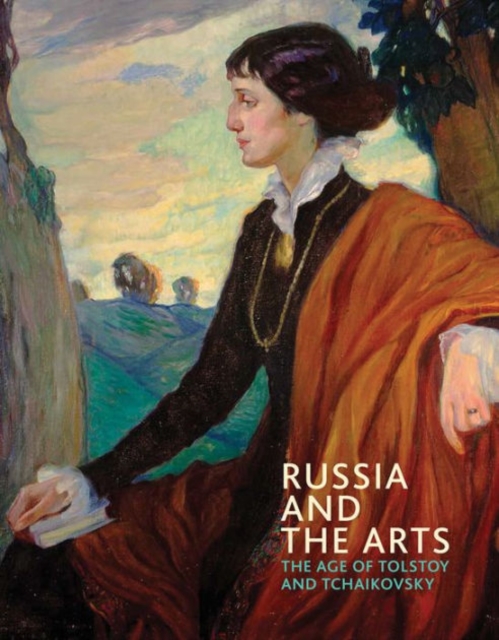
Russia and the Arts : The Age of Tolstoy and Tchaikovsky Paperback / softback
by Rosalind P. Blakesley
Paperback / softback
Description
Russian portraiture enjoyed a golden age between the late 1860s and the First World War.
While Tolstoy and Dostoevsky were publishing masterpieces such as Anna Karenina and The Brothers Karamazov and Mussorgsky, Tchaikovsky and Rimsky-Korsakov were taking Russian music to new heights, Russian art was developing a new self-confidence.
The penetrating Realism of the 1870s and 1880s was later complemented by the brighter hues of Russian Impressionism and the bold, faceted forms of Symbolist painting. In providing a context, author Rosalind P. Blakesley looks in the first and second chapters at the portrait tradition in Russia: the rise of secular portrait painting following the founding of the Academy of Arts in St Petersburg in 1757; the shifting tastes of patrons and publics; the reception of portraits in exhibitions and collections (including those of the tsars); and the role of portraiture in the cultural politics of imperial Russia.
Starting with the Exposition Universelle in Paris in 1867, at which a distinct Russian school of painting was recognised for the first time, the third chapter examines developments in theatre and music, the rising Realist aesthetic and the powerful voices of wealthy patrons from the worlds of industry and commerce, such as Pavel Tretyakov.
Chapter Four looks at the rise of novel forms of visual expression through experimentation, from Impressionism to Symbolism, and the World of Art Movement, with its conscious reconnection with artistic developments in the West.
The last chapter charts creative responses to political turmoil and social unrest in the early twentieth century, the new artistic societies and manifestos of the avant-garde and the dialogue between figurative painting and abstraction in the twilight of imperial rule.
Information
-
Only a few left - usually despatched within 24 hours
- Format:Paperback / softback
- Pages:176 pages, Illustrated in colour and black and white throughout
- Publisher:National Portrait Gallery Publications
- Publication Date:18/03/2016
- Category:
- ISBN:9781855145375
£24.95
£20.25
Information
-
Only a few left - usually despatched within 24 hours
- Format:Paperback / softback
- Pages:176 pages, Illustrated in colour and black and white throughout
- Publisher:National Portrait Gallery Publications
- Publication Date:18/03/2016
- Category:
- ISBN:9781855145375






